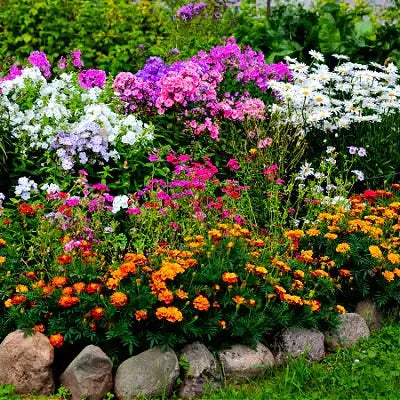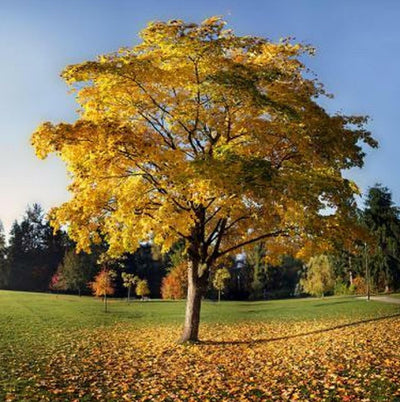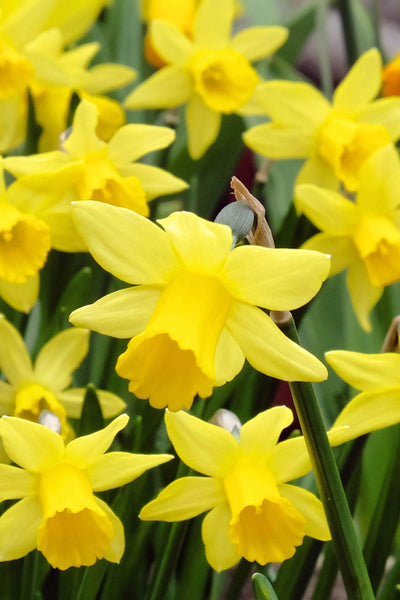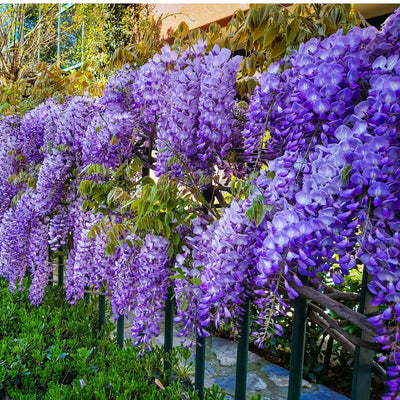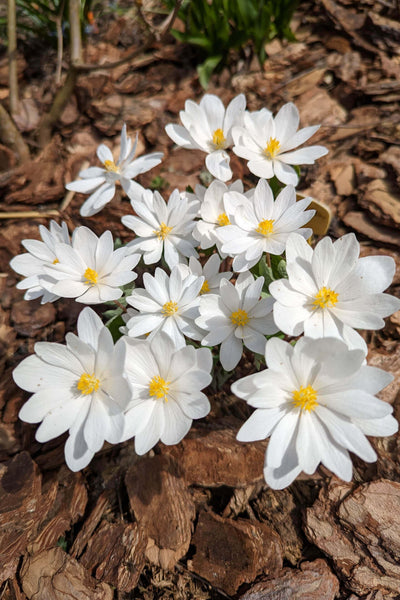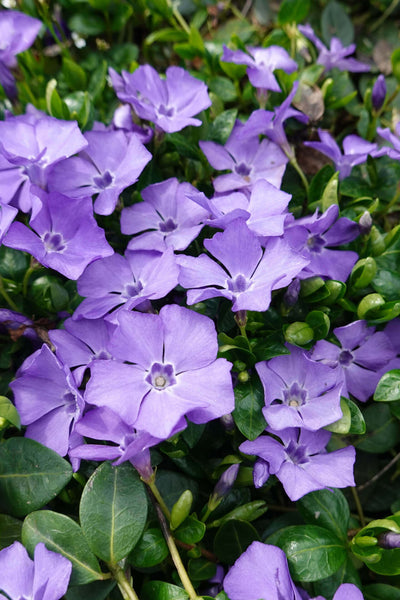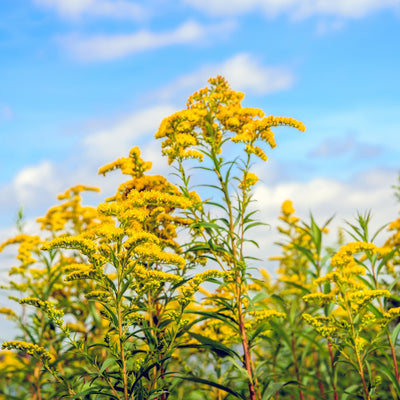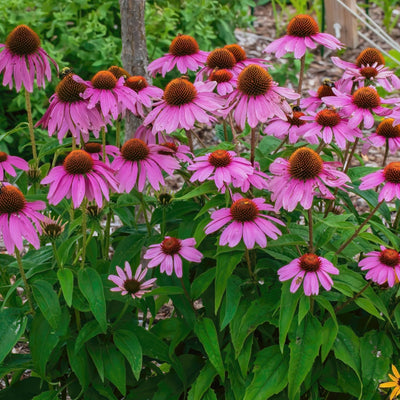Creating A Perennial Garden: A Guide to Year-Round Beauty
An outdoor garden or any outdoor space can be truly brought out by giving it color and life, and gardening is a great way to do that. One effective strategy to make sure your garden is attractive year-round is to make use of perennials and to have an outdoor garden that can thrive and be cared for by children year after year.
This is because unlike annuals, which only last a single growing season, perennials can last for multiple years, thus can be appreciated year after year. In this guide, we highlight important aspects such as designing a stunning perennial garden, differences between perennials and annuals, and some tips on selections and positioning of plants.
Understanding Perennials: The Basics
To understand perennials and the rest of the qualities of plants that return every year, planning becomes necessary. This includes flowers, certain types of shrubs, and even some trees. Perennial plants are often regarded as the most important parts with reliable beauty used to fill garden beds for each season of the year.
Perennials vs. Annuals
The major difference when it comes to perennials and annuals is their life cycle. With annuals, they grow and die all in one season. Unlike annuals, perennials sprout and blossom for multiple years, dying in the winter and sprouting in the spring. This is the most important difference when it comes to planning a garden that is low maintenance and gives a great deal of value.
Some flowers such as tulips and daffodils are perennials that grow from bulbs, while wisteria and lilac are shrubs that sprout from their root systems every spring. Annual plants such as petunias and marigolds, are plants that need to be replanted every single year.
Choosing the Right Perennials for Your Garden
The first step to building a perennial garden is selecting the appropriate plants. This involves determining the garden's climatic zone, type of soil, and amount of sun exposure. Some southern plants will most likely die in northern regions, while some northern plants will die in southern regions.
Popular Perennials to Consider
- Bloodroot: This plant is very popular because it has daisy-like flowers that are white. Additionally, they do thrive in partial shade and are ideal for woodland gardens
- Periwinkle: Periwinkle is a rapid growing plant that serves as a type of “ground cover.” It is a low maintenance plant for vineyards and other shaded areas for cultivation and has bright blue or purple flowers.
- Goldenrod: Goldenrod flowers are bright golden yellow and remain open to the sun and attract a variety of pollinators from buzzing bees and fluttering butterflies.
- Purple Coneflower: Purple Coneflower possesses huge, bold flowers and stands out with ease. Also, hardy and eye-catching, it draws many different types of pollinators.
According to your gardening needs, each of these plants has different useful benefits. For example, goldenrod grows in as a shade plant while periwinkle goldenrod needs sunlight. Once you master the growing conditions of your mix of plants, your garden will transform into a beautiful harmonious landscape that will change from year to year.
Planning Your Perennial Garden Design
Besides selecting the plants, design is the next step in the process. Designing plants determine the extent of enjoyment derived from the garden and how it grows. Below are suggestions.
Plant Heights & Arrangement
Goldenrod and the purple coneflower are examples of plants with golden rods. These are taller plants and should therefore go to the back of the garden or the center of the flower beds. This is to ensure that they are appreciated from a distance and do not block the grace of smaller plants.
Continuous Bloom Planting
This is a goal with the garden since it illustrates the good thing about perennial gardens. Blooming for a couple weeks does not do enough justice to a perennial, and therefore will let the garden lose color. Try to mix different blooming plants, for example, perennial plants that bloom in early spring like crocus and daffodils should be followed by summer bloomers like black-eyed Susans and day lilies and in the end late like asters and mums.
Take A Look at the Foliage
Even though flowers may be the center of attention, foliage, and greenery, especially, has equally crucial roles to play in a perennial garden. Try to incorporate some plants that will be valuable for their leaves in the off-season, such as ferns and hostas, in order to improve the texture and coloration of your garden.
Soil and Sunlight
Lavender and coneflowers are examples of plants that grow best in full sunlight, and grow best in well-drained soil. Each plant has its own requirements for sunlight and soil. In the same way, hostas and astilbes are plants that live in shady, moist, and even well-drained areas.
How To Keep Your Perennial Garden Under Control
Like any other garden, once you plant your garden, it will require some level of attention, a process we have termed ongoing care. To achieve the best possible perennial garden, here are some suggestions to consider.
Mulching
A well-done layer of mulch on the soil has several important functions: it helps the soil to retain moisture, regulates moisture content, keeps a constant temperature, and stops, or at least slows down, the growth of weeds. Your plants will be in good care with a layer of mulch.
Pruning
In other cases, some plants will only benefit from pruning, and this happens to be the case with some perennials. In this way, and especially after bloom, the perennials will have new growth and the plants will not be sleepy, or leggy, as they are often called.
Fertilizing
In the long run with other measures, some well-balanced fertilizers will, from time to time, remove the worst nutrient deficiencies that your perennials sustain.
Where can you purchase Perennials For Gardens
Online resources such as TN Nursery center's Online Perennial Catalog provides high-quality perennials such as blood root, purple coneflower, and goldenrod, which can add beauty and depth to your perennial garden. Grow your stems and leaves high and wide, and watch as the buzzing butterflies and bees enliven your garden with joy.
FAQs
What is the 70/30 rule in gardening?
The 70/30 rule in gardening is the dividing of the garden in which 70% of the space is for perennials, for their everlasting blooms year after year, while having 30% of space filled with seasonal charmers, as annuals.
How to design a perennial garden for beginners?
For a novice gardener thinking of how to make a perennial garden, the first step would be to find the most basic plants to go within the gardener’s climatic and soil conditions. What are the soil and water needs for these plants? Also, how much sunlight do they need? With the climatic conditions for these plants, how big can most of these plants grow to? Also, try to combine plants together to make sure the garden doesn’t look dry across different seasons. The garden can be small – there’s no need to go big at the start.
What is the best month to plant perennials?
Perennials can be best planted during the spring and the autumn, since the temperatures are moderate, and the soil can be easily worked. Perennials planted during spring will have enough time to grow, and establish roots, while those planted during autumn will be sheltered by the cold in winter.
What is the 3 year perennial rule?
The 3-year perennial rule indicates that there are perennial plants which will need up to three years in order to grow fully, and in the process of doing so, will be blooming and blossoming at the same time. To most gardeners, that patience is a virtue, for such patience can then help appreciate the plant when they get to see their gradual enchanting blossom.
What is the 3-hour gardening rule?
The 3-hour gardening rule is for people who do not want to exceed three hours of gardening in a week. With the right selection of plants and the arrangement of an easily maintainable garden, it is possible to reap the rewards of gardening without spending a lot of time.
What is the most common mistake of first time gardeners?
One of the most common mistakes that first-time gardeners make is planting too many crops. The intention to make a garden from different plants is good, however, too many plants may lead to an undesirable increase in temperature, unbearable pests, and very weak plants. Focus on using the appropriate plants for the space allocation and their growth.
